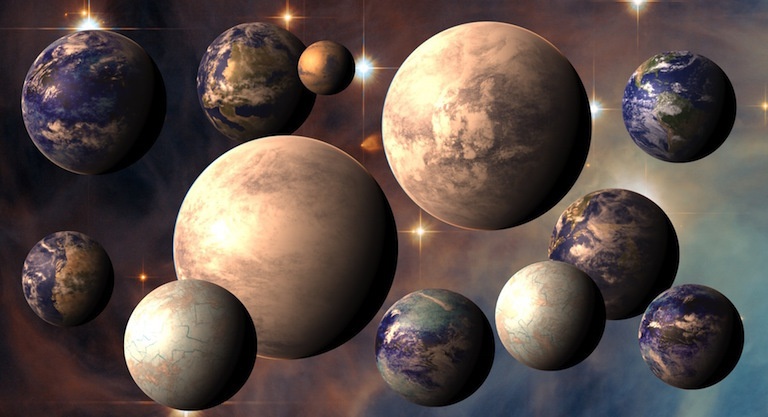Exoplanets have been a particularly hot topic of late. More than 4000 of them have been discovered since the first in 1995. Now one more can potentially be added to the list. This one is orbiting Gliese 3470, a red dwarf star located in the constellation Cancer. What makes this discovery particularly interesting is that this planet wasn’t discovered by any professional astronomers using high tech equipment like the Kepler Space Telescope. It was found entirely by amateurs.
Not just any amateurs though – they are part of an effort organized by Alberto Caballero of the The Exoplanets Channel on Youtube. The group is called the Habitable Exoplanet Hunting Project (HEHP) and bills itself as “the first international program coordinated by amateur astronomers to search for habitable exoplanets.” The group “includes more than 30 amateur and professional observatories located in more than 10 countries across 5 continents”. The group coordinates efforts across all these observatories by observing the same star concurrently for significant lengths of time.
Credit: The Exoplanets Channel on YouTube
In the case of the new planet, which being called Gliese 3470c, most of the observational data came from an amateur astronomer named Phillip Scott located in Kiowa, Oklahoma, about 2 hours southeast of Oklahoma City. The observations were done using his own personal 12.5 inch telescope, that he built a observatory in his backyard to house. They were carried out between the months of December 2019 and May 2020.
The data collected during that period was analyzed using a technique known as transit photometry, which watches for changes in a star’s brightness. The team observed three transits of the potential planet, which they say may have an orbital period of 66 days. Given the size of Gliese 3470, that would put the planet around the point of “Earth’s Equivalent Radiation”, making it possible that the planet resides in the habitable zone of the star.

The planet itself is too big to be an Earth analogue though, coming in at more than 9.2 times the radius of Earth, placing it more akin to the size of Saturn. The team also can’t rule out that the planet might actually have a faster orbit that they proposed, as data was not available for some other times when it might have been transiting if the orbital period was shorter.
The planet will indeed need further confirmation, both of its orbital period and also of its existence in general. As is common with exoplanet discoveries, the HEHP team published their findings, along with a Google drive link to their data, and are actively encouraging other astronomers to observe Gliese 3470 to confirm their new planet. Let’s hope that their discovery is not only confirmed, but also inspires more amateur astronomers to pick up the torch of searching for habitable exoplanets. If you want to join the organization in their efforts, you can find more details here.
Learn More:
Arxiv: Paper announcing the discovery
Habitable Exoplanet Hunting Project: Homepage
Sci-News: Saturn-Like Exoplanet Found in Habitable Zone of Gliese 3470

